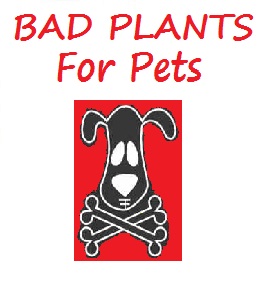Sweet William

Dianthus is a genus of about 300 species of flowering plants in the family Caryophyllaceae. The genus is believed to be native to Europe and Asia, although the exact range is unknown due to extensive cultivation for at least the last 2,000 years. Indigenous species can also be found extending south from Europe into to Northern Africa and one species (D. repens) can even be found in arctic North America. Common names include sweet william (D. barbatus), pink (D. plumarius and related species) and carnation (D. caryophyllus).
In general the genus consists of mostly herbaceous perennials (few are annual or biennial), some are low subshrubs with woody basal stems. The leaves are opposite, simple, mostly linear and often bluish-grey or green. The flowers, typically with a frilled or pinked margin, will always have five pedals and are (in nearly all species) pale to dark pink. One species, D. knappii, has yellow flowers with a purple center. Flowering typically occurs from July to August, and the seeds ripen from August to September. Some species, particularly the perennial pinks, are noted for their strong spicy fragrance. In holistic and folk medicine members of this genus have been noted for their antispasmodic, cardiotonic, diaphoretic, fever reducing, nerve soothing and stimulant properties.
Within the Caryophyllaceae four genera contain steroidal saponins that are glycosides of pentacyclic oleananes. As a result they have been known to cause potentially serious intoxication problems in animals. Gypsogenin (githagenin) is the toxin typical of the family. Dianthus, however, has not been shown to contain gypsogenin and is not considered to be part of the toxic four. Some members of the genus do contain unknown triterpenoid saponins that are mildly toxic if animals ingest a sufficient quantity. Additionally the sap of some species have shown the ability to cause contact dermatitis in certain individuals. As a result ingestion of these plants by a pet should be considered unhealthy, and perhaps mildly toxic, but generally not life threatening.
In most cases of dianthus ingestion treatment can generally be managed at home. Upon finding out that your pet may have ingested the plant the mouth should be rinsed and flushed thoroughly with water to remove any uneaten plant material. Vomiting may then be induced to purge any plant material from the stomach. This can be accomplished by giving an emetic such as 3% hydrogen peroxide orally at a dose rate of 1 teaspoon per 10 lbs of body weight. After vomiting, the mouth should again be rinsed and flushed thoroughly with water to remove any potentially toxic or irritant vomitus. In the vast majority of cases the pet will make a full recovery within 4 to 24 hours of ingestion.
In cases where the pet is experiencing more severe gastrointestinal upset, persistent vomiting, and diarrhea, they should be monitored carefully for signs of dehydration and provided fluid therapy if needed. While not practical in a home or field setting gastric lavage and the administration of activated medical charcoal will help to both purge and neutralize the toxin. As the charcoal passes through the digestive system, toxins are trapped in the charcoal so that when the charcoal passes from the patient, the toxins are expelled as well. In the event your pet is suffering an irritant reaction where there is obvious oral swelling it may be advisable to give the pet an antihistamine, such as diphenhydramine (Benadryl). This will help to reduce/prevent swelling, discomfort and avoid potential blockages of the airway related to the body’s inflammatory response. Typical dose rates are 2 to 4mg/kg by mouth or intramuscularly every 8 hours as needed.
To alleviate the gastrointestinal upset Kapectolin may be given at a dose rate of 1 to 2 ml/kg four times a day. Kapectolin provides a coating action that protects the stomach lining. Sucralfate may also be used for gastrointestinal irritation as it reacts with the acids in the stomach to form a paste-like material capable of acting as a barrier between the stomach and its contents. Sucralfate is typically given to dogs weighing more the 60lbs: 1g every 6 to 8 hours; for dogs under 60 lbs: 0.5g every 6 to 8 hours; Cats: 0.25g every 8 to 12 hours to reduce irritation of the stomach and intestines.
If the airway becomes blocked due to swelling the pet should be kept under observation at a veterinary office until the swelling abates and the animal is breathing normally. Prevent further ingestion of the plant and consult a veterinarian.




